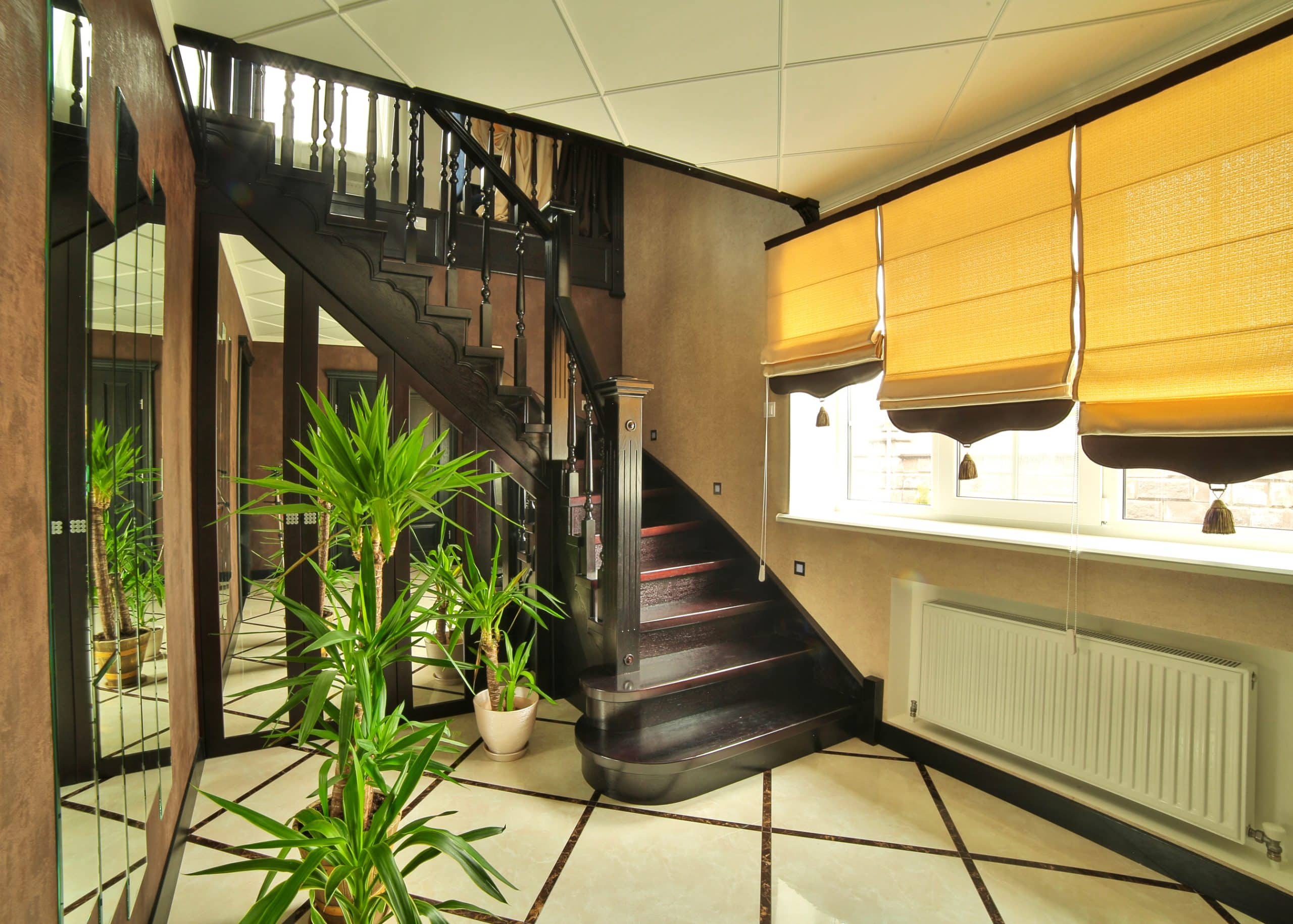In the fast-paced, technology-driven world of 2024, staying up-to-date is a necessity for landlords in the UK who aim to offer competitive rental properties. The rise of smart home technology has revolutionised the rental market, with tenants increasingly seeking properties equipped with these modern amenities. However, incorporating smart technology into a rental property doesn’t necessarily mean investing a fortune. In this article, we will explore cost-effective ways landlords can implement smart home upgrades in their properties, with a focus on energy efficiency, security, convenience, and most importantly, affordability.
Identifying the Right Smart Home Upgrades
Before diving into the various options available, it’s crucial to understand what smart home technology your potential tenants may value the most. Landlords who ‘know their audience’ can invest smartly, focusing on upgrades that will increase their property’s appeal and rental value without breaking the bank.
Cela peut vous intéresser : What Are the Essential Considerations for Building Co-Housing Communities in the UK?
Energy Efficiency Upgrades
Energy efficiency is not only beneficial for the environment but also for the wallet. Smart thermostats and lighting are two of the most cost-effective upgrades that landlords can consider. These upgrades can help tenants control their energy usage better and ultimately save money on utility bills.
Smart thermostats, such as Nest or Hive, allow tenants to control the heating and cooling of their home remotely from their smartphones. They can schedule temperature changes based on their daily routines, helping to conserve energy when they’re away from home. These devices are relatively affordable and can be installed without the need for professional help, making them an ideal choice for landlords.
A lire également : How to Integrate Community Initiatives within Real Estate Developments in the Scottish Highlands?
Similarly, smart lighting solutions, like Philips Hue or IKEA’s TRÅDFRI range, allow tenants to control their lights remotely, set schedules, and even adjust the colour and intensity of the light. Switching to LED bulbs can also reduce energy consumption and increase the lifespan of the bulbs, reducing the need for frequent replacements.
Security Upgrades
In a world where security is a growing concern, smart security devices can be a significant attraction for potential tenants. Smart security systems, video doorbells, and smart locks are some of the cost-effective choices that can add a layer of security to your property.
Smart security cameras, like the Arlo Pro or Ring Spotlight Cam, provide a live video feed that tenants can monitor remotely from their smartphones. These devices often have motion detection capabilities, sending alerts when unusual activity is detected. They are relatively inexpensive and can be installed without much hassle, making them a worthy investment for landlords.
Smart locks, like the August Smart Lock or Yale’s range of smart locks, allow tenants to unlock their doors using their smartphones or unique codes. This eliminates the need for physical keys and provides an added level of security. Despite their sophisticated technology, smart locks are fairly affordable and straightforward to install.
Understanding the Financial Implications
Implementing smart home upgrades is an investment, and like any investment, it’s crucial to consider the financial implications. This includes not only the upfront costs of purchasing and installing the devices but also the potential return on investment through increased rental income.
Working within a Budget
Before embarking on any smart home upgrade, it’s crucial to establish a budget. This will help prevent overspending and ensure you make the most of every pound. Remember, the aim is to implement cost-effective updates that will enhance the appeal of your property without draining your pockets.
Once you have a budget in place, it’s time to shop around. Compare prices from different retailers, taking into account any discounts or promotions that may be available. Consider buying devices in bundles or multi-packs, as these often offer better value for money.
Calculating the Return on Investment
While the initial cost of smart home upgrades may seem daunting, it’s important to understand that these investments can yield significant returns. The appeal of smart home features can command higher rental prices and make your property more attractive to potential tenants.
To calculate the return on investment, consider the potential increase in rental income and compare it to the total cost of the upgrades. For example, if installing smart thermostats and lighting increases your rental income by £100 per month, and the total cost of the upgrades is £1,000, you would recoup your investment in 10 months. Any subsequent rental income would be pure profit.
Legal Considerations for Landlords
While smart home upgrades can offer numerous benefits, landlords must also be mindful of their legal responsibilities when implementing these changes. This includes ensuring that installations are carried out safely and that tenants’ privacy is respected.
Ensuring Safety
All smart home devices should be installed according to the manufacturer’s instructions to ensure safety. For devices that require more complex installations, such as smart locks or security cameras, it may be worth hiring a professional.
Landlords must also ensure that all devices and systems are working correctly and maintained regularly. This is not only a legal requirement but also crucial for retaining the appeal of your property and ensuring tenant satisfaction.
Respecting Tenants’ Privacy
When installing smart devices, especially those with cameras or microphones, landlords must be mindful of tenants’ privacy. Always inform tenants about any devices being installed and ensure they are comfortable with their use. Be transparent about who has access to the data collected by these devices and how it will be used to avoid any legal complications.
Promoting Your Smart Home Upgrades
Once you’ve successfully implemented your smart home upgrades, it’s time to let potential tenants know about them. Highlight these features in your property listings, and consider demonstrating how they work during property viewings. The key is to show potential tenants how these upgrades can enhance their living experience and make your property stand out from the competition.
Remember, smart home technology is not just about convenience, but also about providing a safer, more energy-efficient living environment. By focusing on these aspects, landlords can attract a wider pool of potential tenants and maximise their return on investment.
Investing in Smart Kitchen and Bathroom Upgrades
Focusing on the kitchen and bathroom areas of a property can also help landlords attract potential tenants, as these are often the rooms where people spend a lot of their time. A few smart upgrades can make these spaces more user-friendly, efficient and appealing.
Smart Kitchen Upgrades
The kitchen is the heart of the home, and adding smart devices here can increase the convenience and efficiency for tenants. Smart appliances like fridges, dishwashers, and ovens can provide useful features such as energy consumption tracking, remote control, and maintenance reminders. Though these might be more expensive than the traditional appliances, they can significantly enhance the appeal of your property.
For a more budget-friendly option, consider installing smart plugs. These devices allow tenants to control any plugged-in appliance remotely, providing a similar level of convenience at a significantly lower cost.
Smart Bathroom Upgrades
In the bathroom, smart upgrades can enhance comfort and efficiency. Smart showers, for example, allow users to set their preferred water temperature and even start the shower remotely. Smart mirrors can display information like weather, news, or calendar events, adding a touch of luxury to the bathroom experience.
Again, if these options seem too costly, smart plugs can be a great alternative. They can turn any bathroom appliance, like a hairdryer or electric toothbrush, into a smart device.
Conclusion: The Benefits of Smart Home Upgrades for Landlords
Smart home upgrades can offer numerous benefits to landlords in the UK. These upgrades can not only help in attracting potential tenants but also in fostering a sense of satisfaction and loyalty among them. This can result in longer tenancies and fewer vacancies, thereby securing a steady rental income.
Moreover, these smart home upgrades can increase the rental value of your property. Tenants are willing to pay a premium for properties with these modern conveniences, meaning you can command higher rental prices. Therefore, while there may be initial costs associated with implementing these upgrades, the potential returns can certainly make it a worthwhile investment.
Finally, by investing in smart home technology, landlords demonstrate a commitment to providing a safe, comfortable, and energy-efficient living environment. This can boost your reputation as a landlord, making your property more attractive to potential tenants and setting you apart from the competition.
In conclusion, implementing cost-effective smart home upgrades can be a strategic move for landlords in the UK. By focusing on the right upgrades and taking into account factors like budget, potential returns, legal responsibilities, and tenant preferences, landlords can maximise the benefits of smart home technology in their rental properties.











